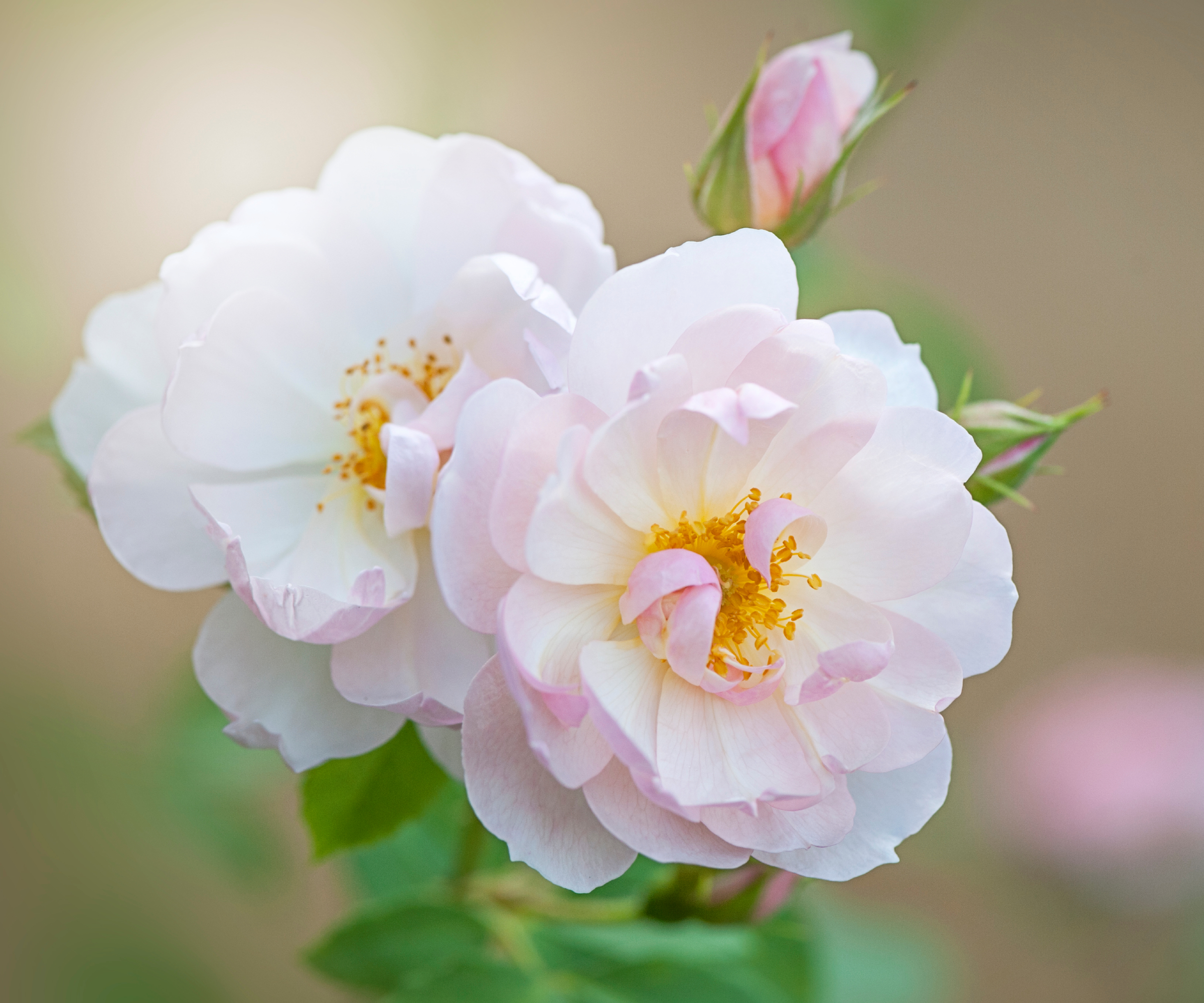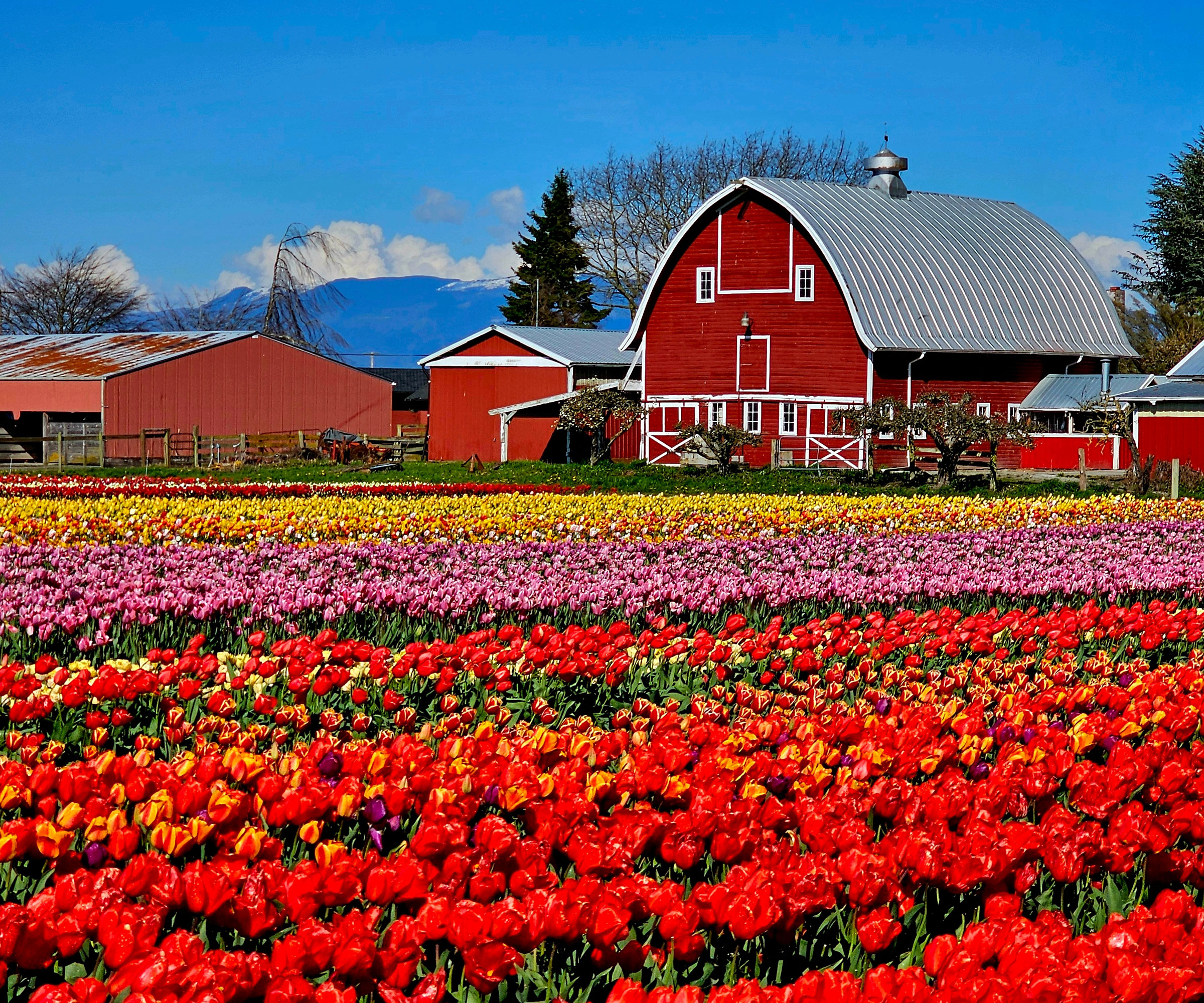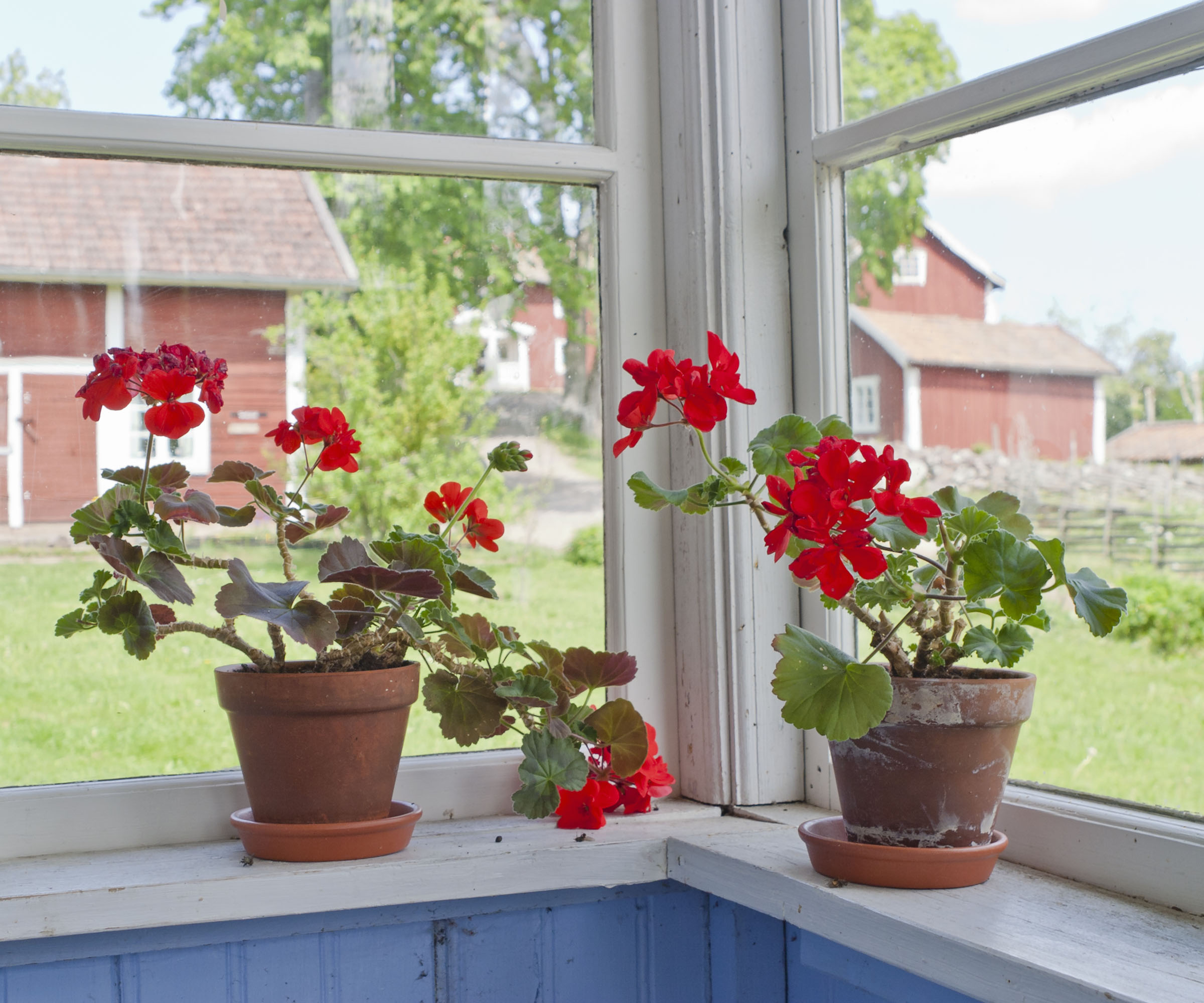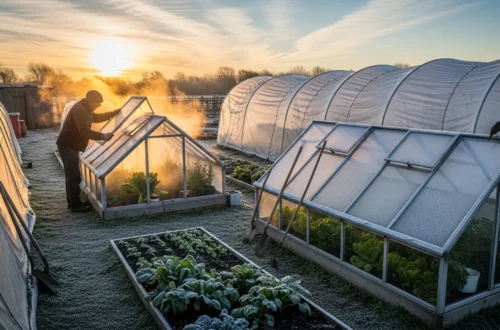If 2025 was the year of rain barrels, 2026 is fast shaping up to be the year of the rain chain. Once upon a time, it was a centuries-old Japanese garden feature that barely anyone had heard of in the USA. Now, though? Well, it’s cropping up everywhere and all over our social feeds, and for good reason.
On paper, the concept of rain chains is simple enough; instead of sending rainwater down a plain downpipe, they instead guide that liquid gold gently through a series of cups, links, or sculptural chains and into a water butt or rain barrel.
The result? A soothing water feature that lets you harvest every single raindrop without lifting a finger.
Rain chains also introduce a subtle rhythm to rainy days, transforming what many see as gloomy weather into a performance worth watching. The gentle cascade of water through sculptural links can feel almost meditative, encouraging you to pause and enjoy the moment. In fact, many gardeners describe them as “living wind chimes,” where the sound of rain replaces the clink of metal. This dual function—practical water harvesting and sensory delight—is what makes rain chains such a compelling alternative to traditional downspouts.
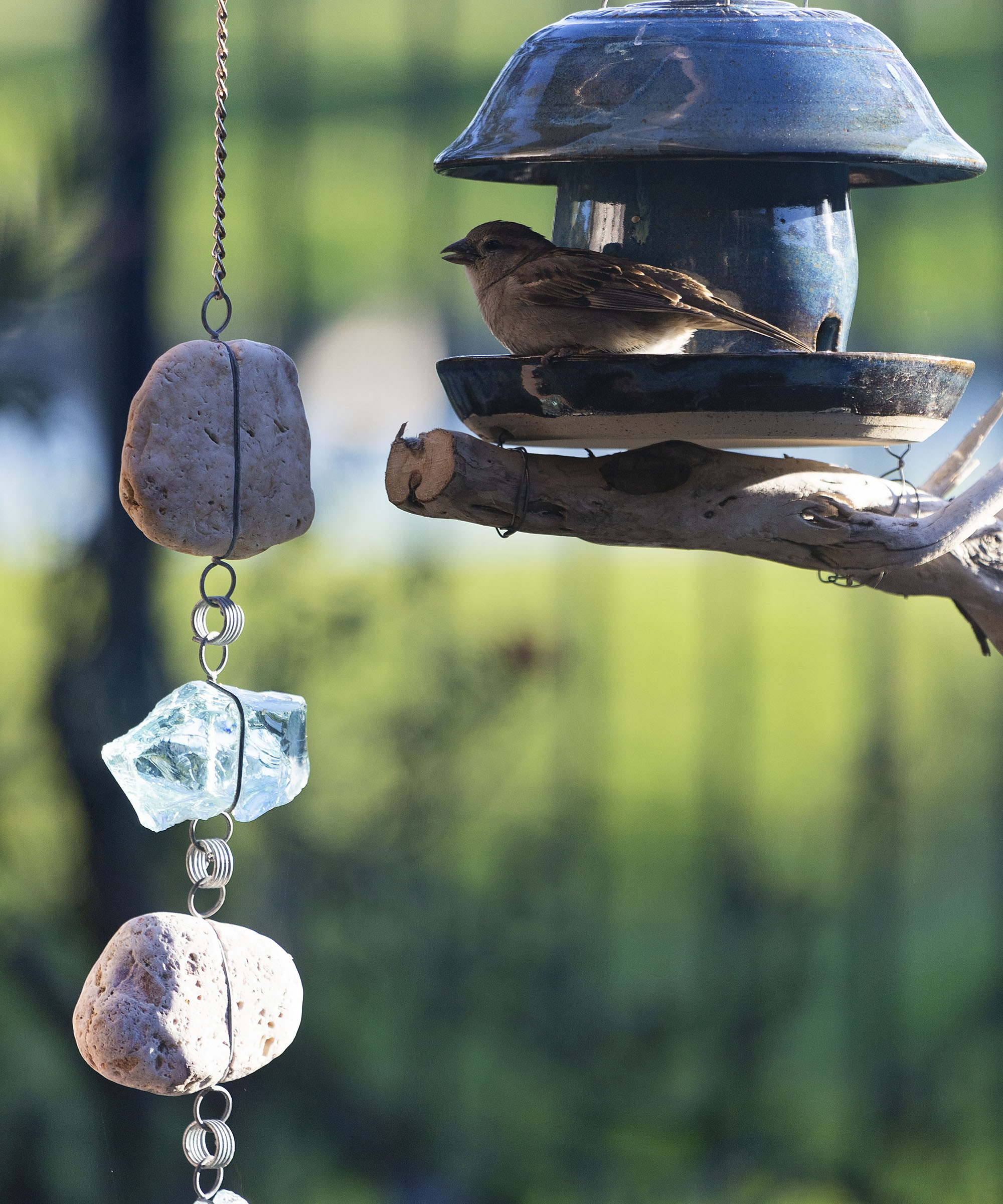
(Image credit: Lightguard/Getty Images)
It’s an undeniably sustainable gardening option for watering your backyard, especially when droughts are on the rise.
What’s more, rain chains can be paired with rain barrels, troughs, or even underground storage tanks to maximize water conservation. Imagine channeling stormwater into a hidden cistern that later feeds your drip irrigation system—suddenly, your decorative feature becomes a cornerstone of sustainable garden design. And here’s the twist: in some regions, homeowners are experimenting with rain chains that direct water into vertical planters, creating a self‑watering wall of greenery. It’s a clever way to merge beauty, sustainability, and innovation.
👉 For more eco-friendly ideas, explore how to turn fallen leaves into leaf mold compost to enrich your soil naturally.
Still, there’s no denying that the true appeal of rain chains lies in their beauty.
A Rain Chain to Suit Any Garden
Available in copper, steel, or decorative designs, rain chains look like living sculptures as they direct water flow away from walls and foundations, helping to reduce splashback and erosion, while also complementing creative layouts like those in our romantic garden design ideas.
Best of all, it doesn’t matter what style of garden you have; there’s something to suit everyone.
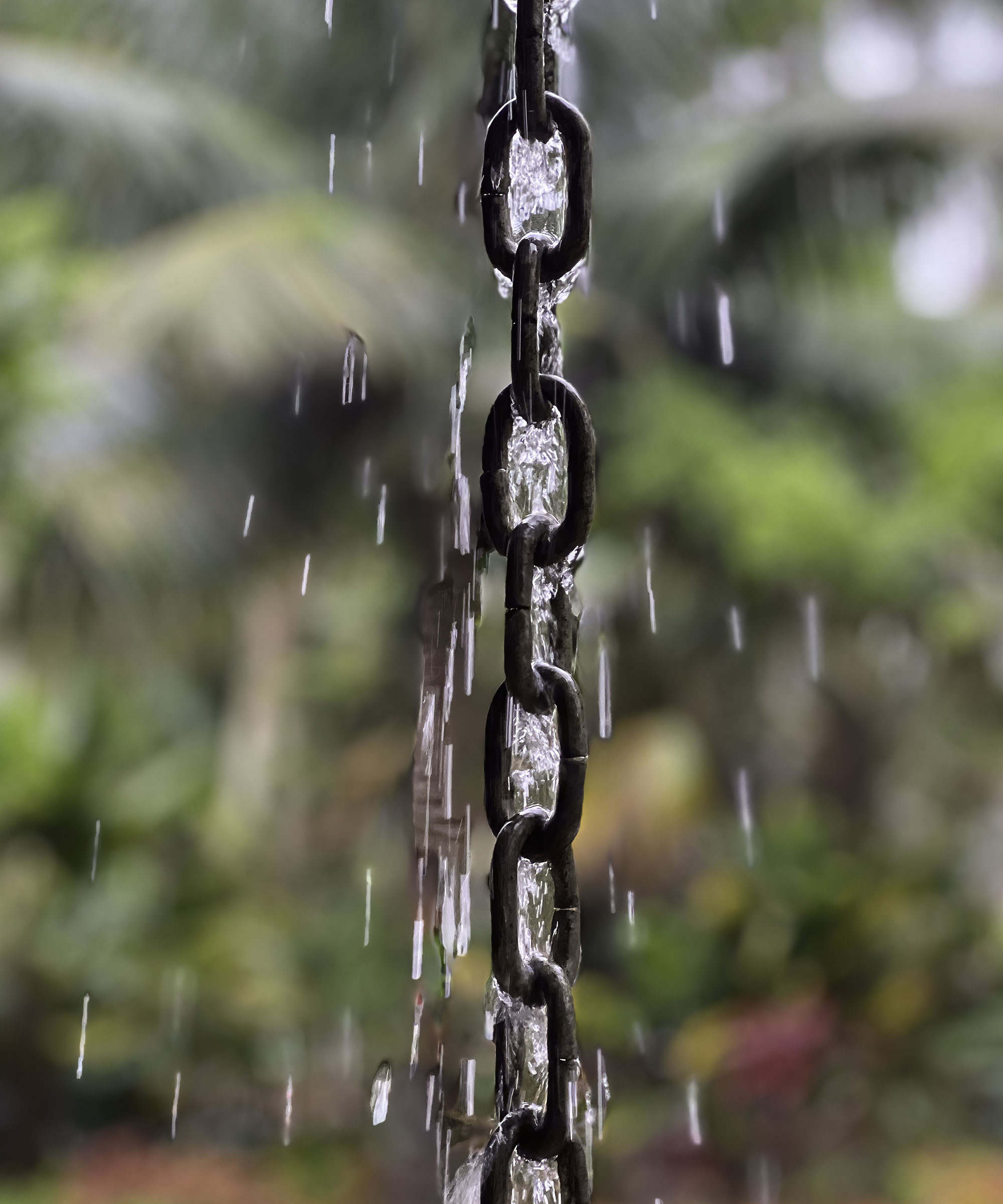
(Image credit: kschulze/Getty Images)
For that classic look, you can find rain chains crafted from traditional copper cups, like this Lotus Rain Chain from Amazon. On the other hand, a minimalist link option, like Walmart’s Topadorn Ring Rain Chain, offers a sleek, modern edge.
The choice of material also influences how your rain chain ages. Copper, for instance, develops a rich patina over time, shifting from bright orange to a dignified green that tells its own story of weather and seasons. Glass designs, meanwhile, refract light and create sparkling displays even when dry, turning your gutter system into a year‑round ornament. For those who love a touch of drama, oversized chains or sculptural motifs can become conversation starters, blurring the line between utility and art.
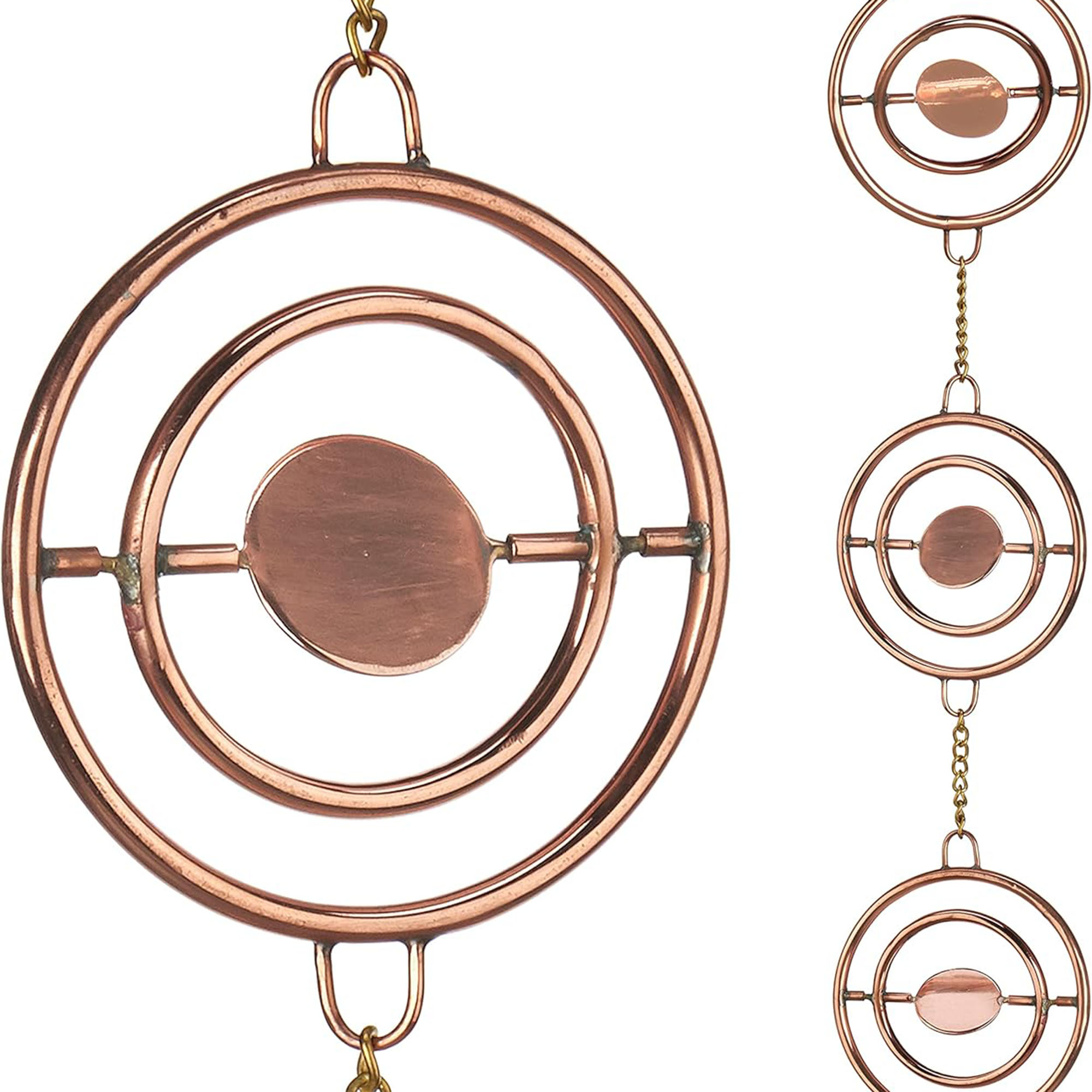
Amazon
Good Directions 472P-8 Stellar Rain Chain
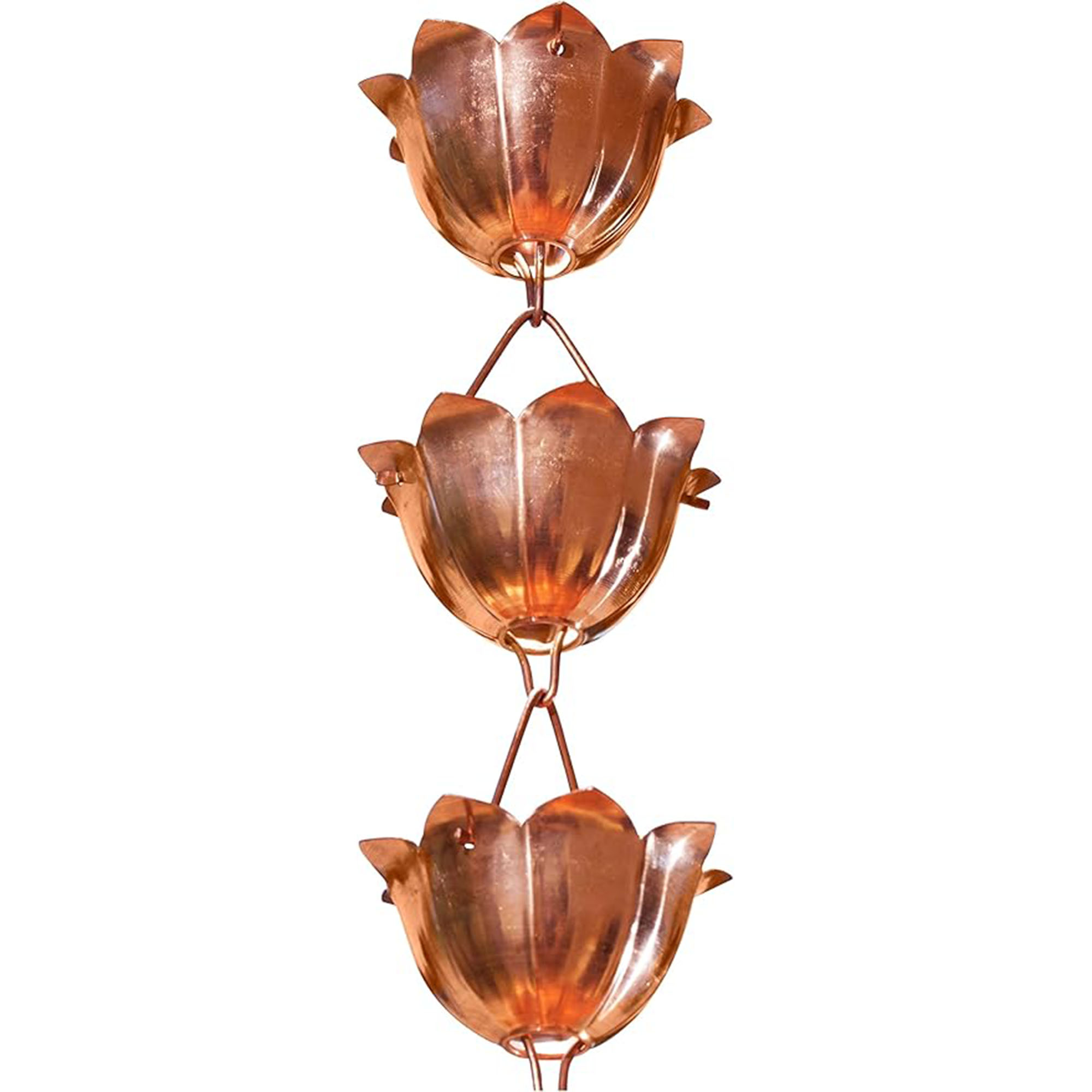
Amazon
Monarch Rain Chains Pure Copper Lotus Rain Chain
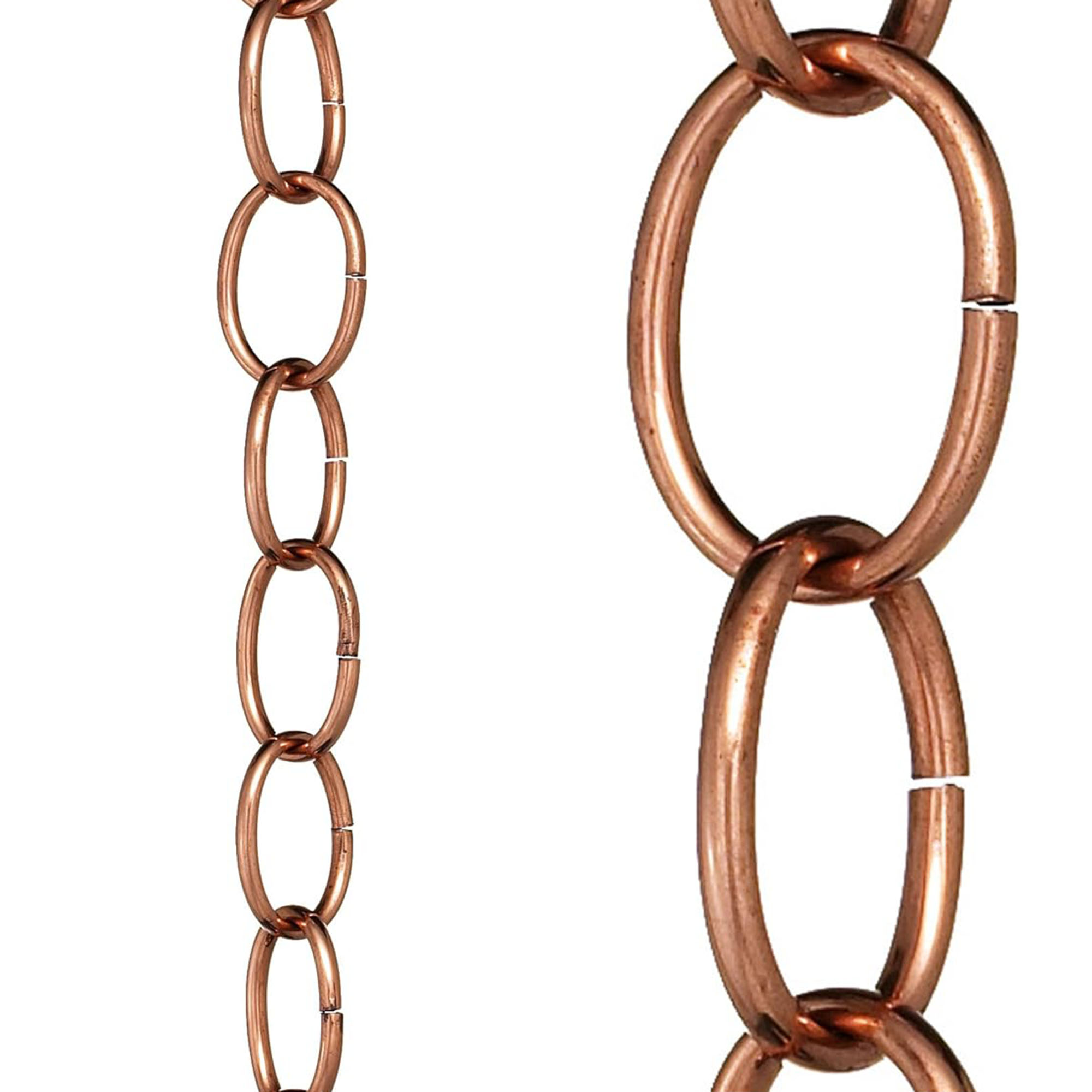
Amazon
Minimalist Chain Link Rain Chain
If you’ve never been one for tradition, don’t worry; there are still plenty of options available to you. There’s the oh-so-chic glass rain chains, like Amazon’s Raindrop Garland Glass and River Stone Suncatcher Rain Chain, for example.
And you can even get them kitted out with bells, too, if you want to maximise that sensory element; Etsy’s Long Iron Hanging Pine Cone Rain Chain is perfect for this.
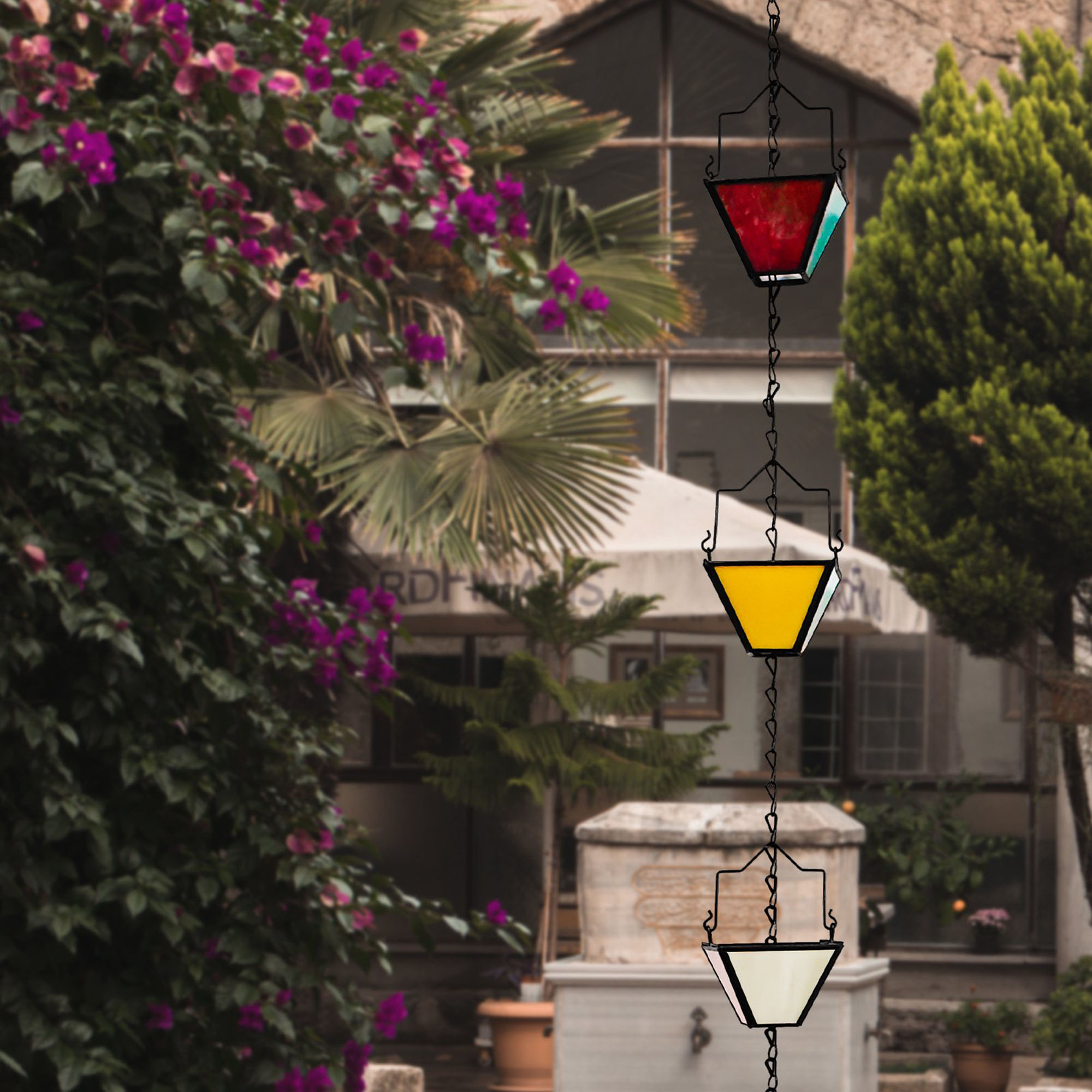
Walmart
Stained Glass Rain Chain
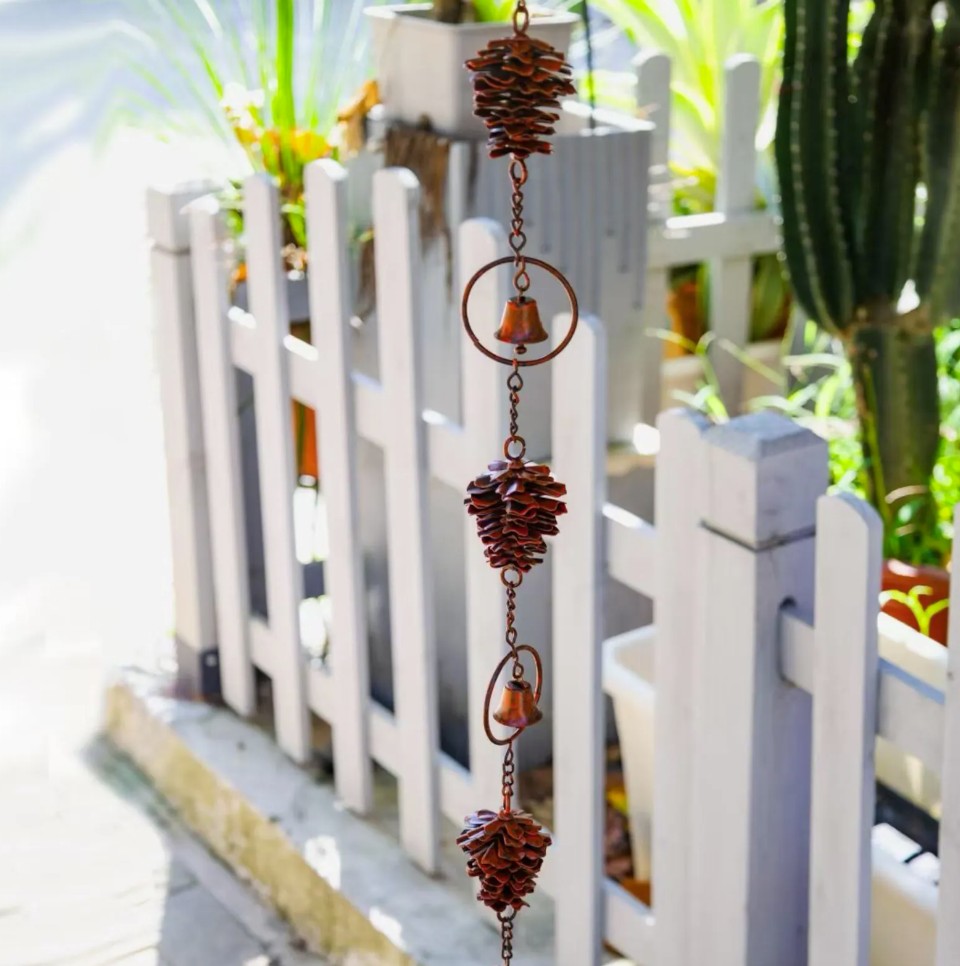
Etsy
Customizable Pine Cone Rain Chain
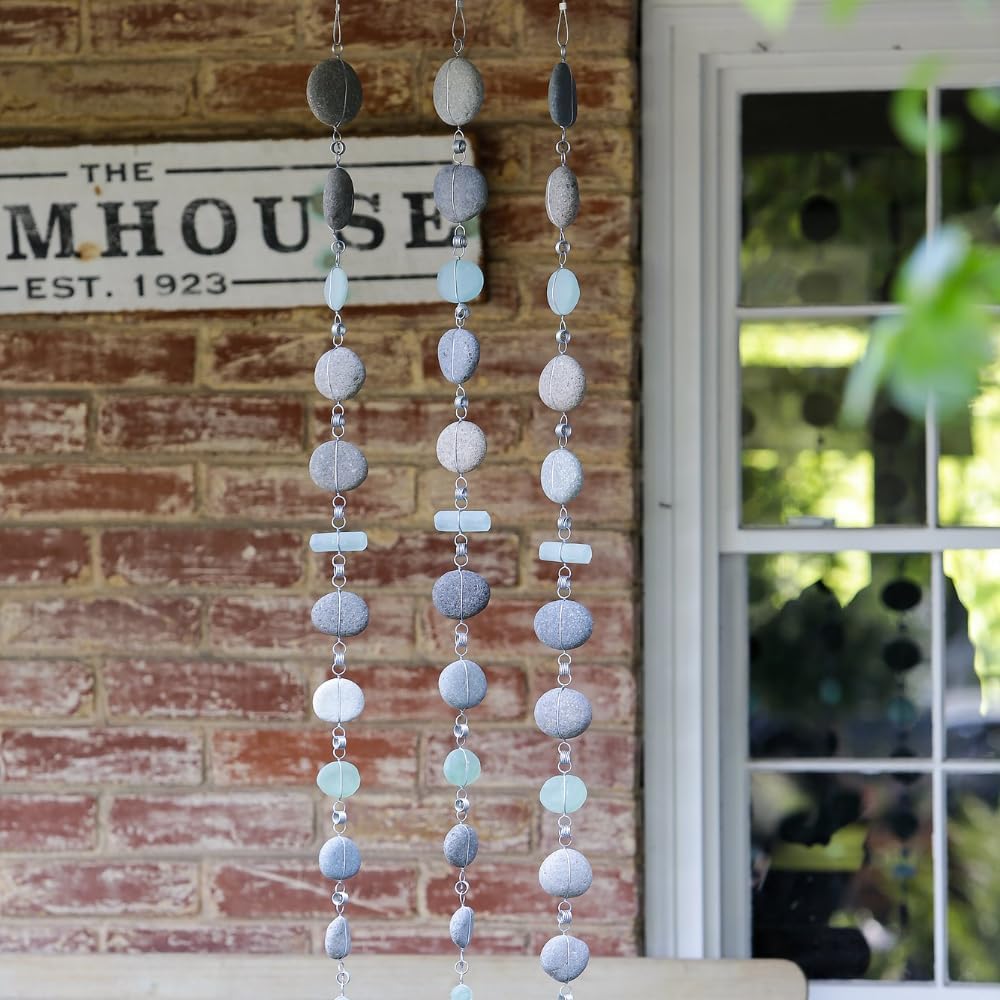
Amazon
Glass And River Stone Rain Chain
Last, but by no means least, there’s those decorative designs that double as conversation starters. One of the big talking points at this year’s RHS Chelsea Flower Show in the UK, for example, was The Songbird Survival Garden’s rain chain featuring the silhouettes of classic songbirds.
Support indie designers, then, and find one that speaks to your personal aesthetic; we have our eye on this unusual Black Origami Rain Chain on Etsy – but there are plenty more to choose from (including this Long Antique Copper Iron Rain Chain with Hummingbirds & Flowers from Etsy).
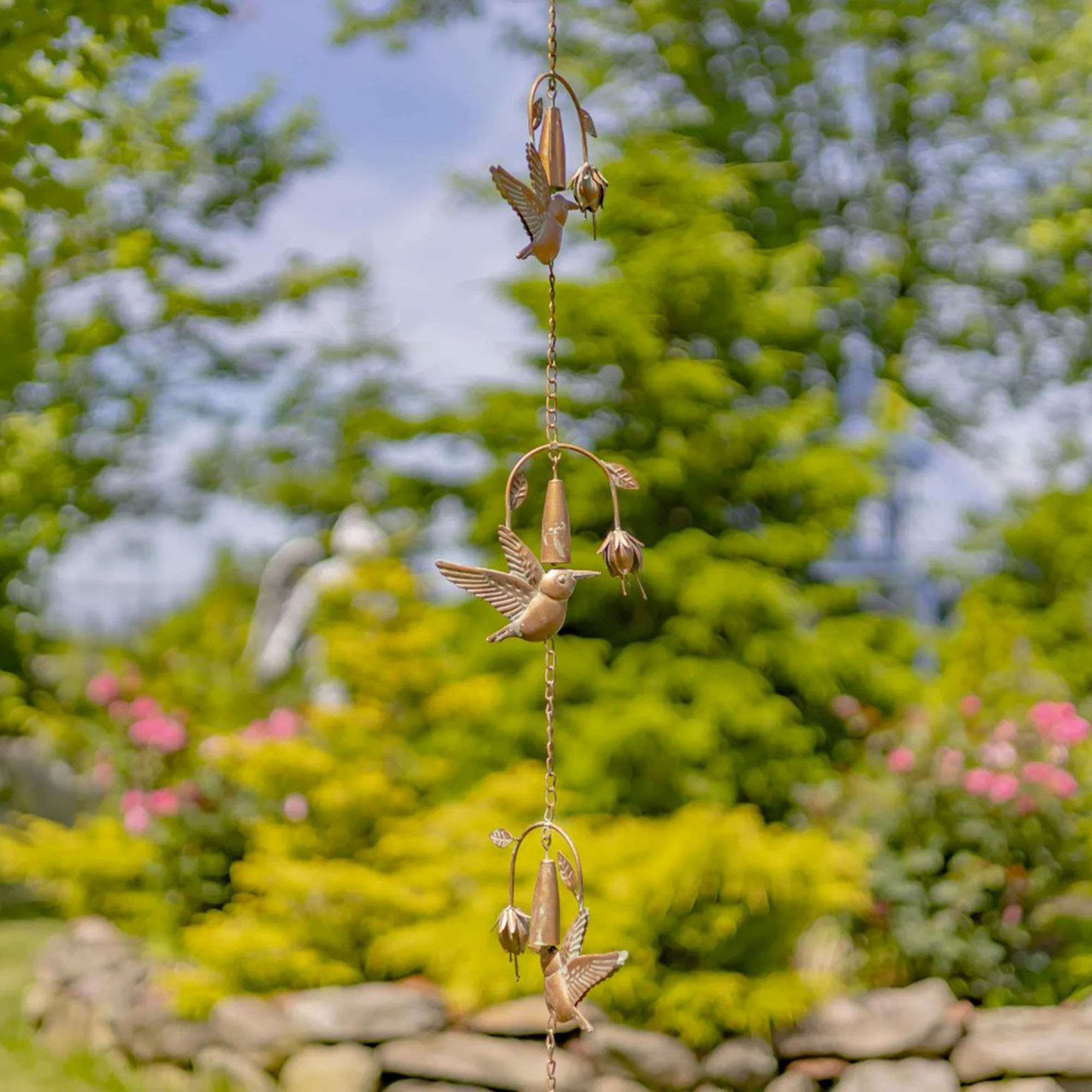
Etsy
Hummingbirds & Flowers Rain Chain
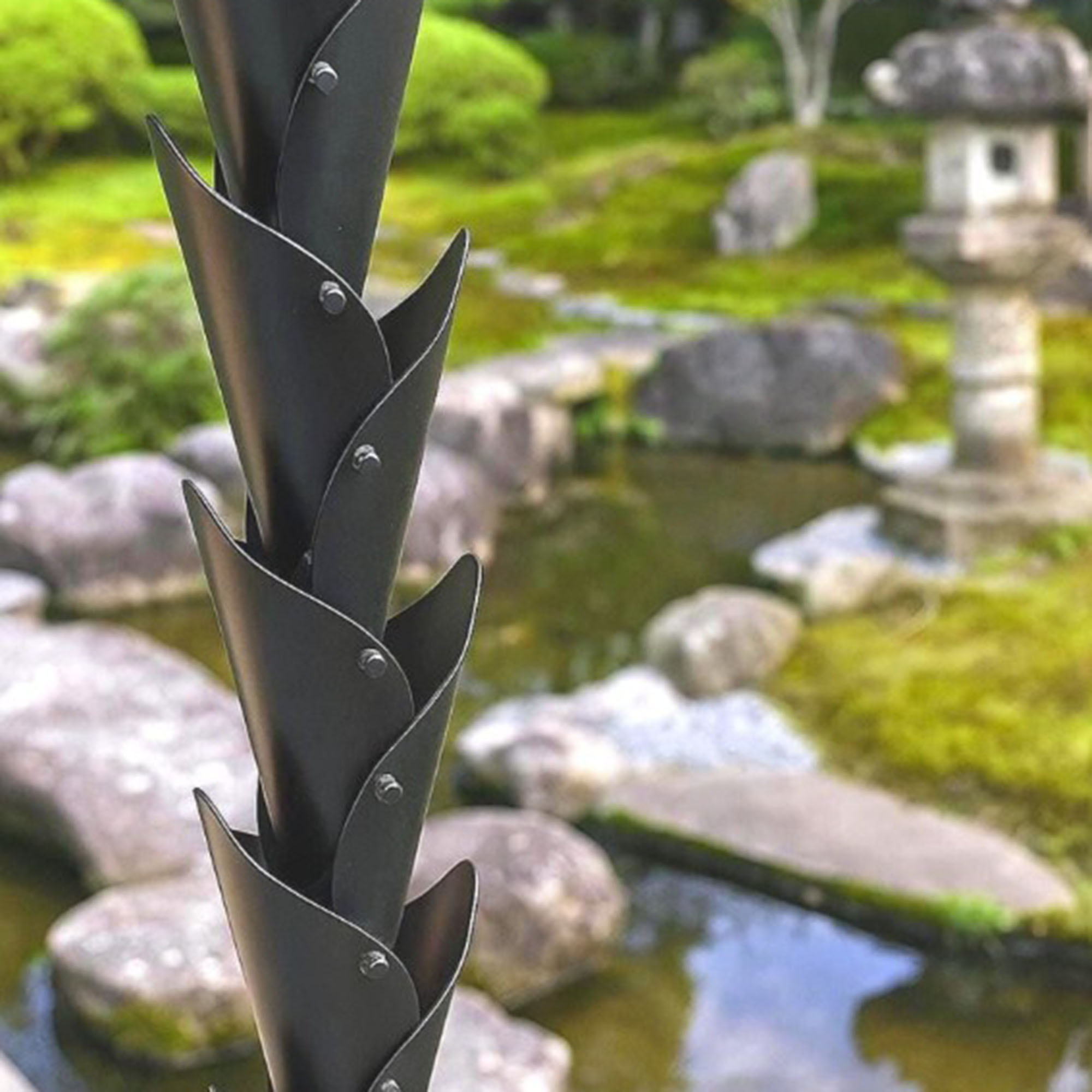
Etsy
Origami Dragon Scale Rain Chain
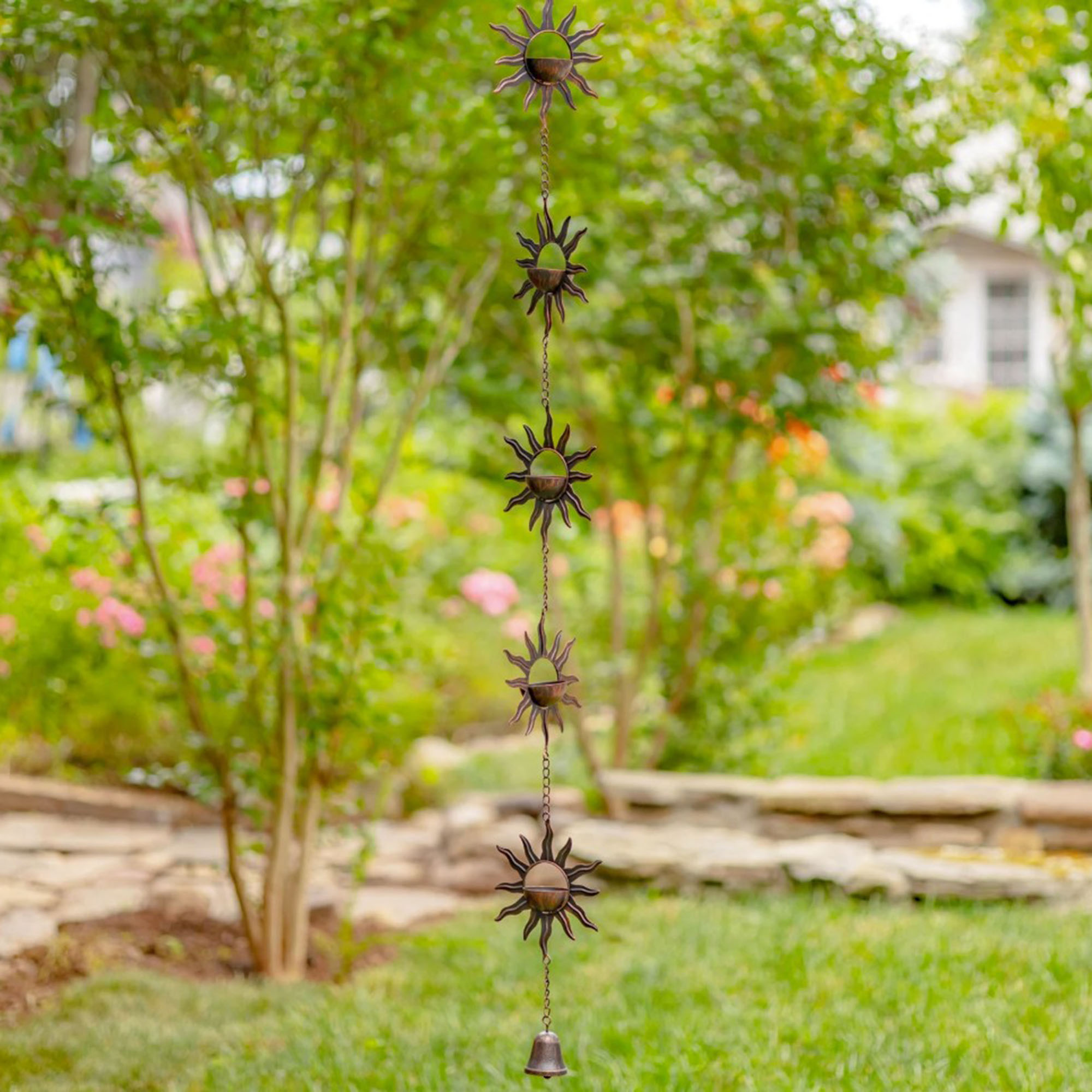
Etsy
Bohemian Sun & Moon Rain Chain
Think Outside the Rain Barrel
Naturally, rain chains work beautifully when paired with a water barrel or trough for harvesting.
That being said, many gardeners and landscapers have begun to buck the trend by using them to feed a bird bath or a miniature pond instead. It’s a great way to up the ante on your wildlife garden, giving birds and pollinators a place to drink and thrive, much like planting unique yellow flowers that attract butterflies.
Some gardeners have even taken the concept further by integrating rain chains into miniature rock gardens or Zen‑inspired courtyards. Here, the water doesn’t just collect—it meanders through gravel beds or mossy stones, creating a landscape that feels alive with every rainfall. Others experiment with feeding the water into shallow basins filled with aquatic plants, turning a simple rain chain into the heart of a micro‑pond ecosystem. These creative twists prove that rain chains are not just accessories but versatile tools for reimagining outdoor spaces.
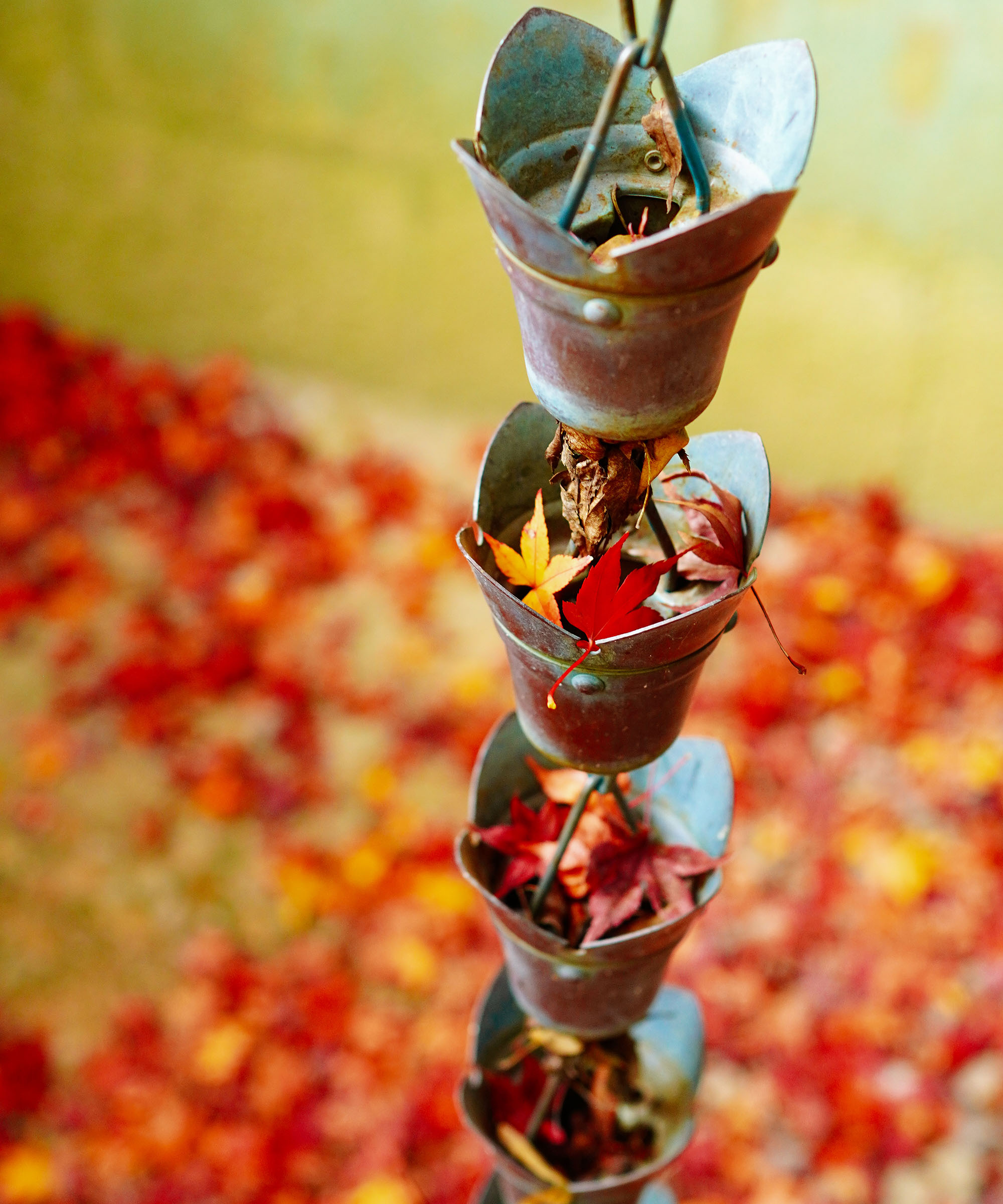
(Image credit: Jennifer/Getty Images)
The Big Trend for 2026
So much more than just functional gutter alternatives, rain chains are an easy way to bring beauty, sustainability, and sound into your outdoor space. If you love simple solutions, check out our low-maintenance indoor gardening hacks for stress-free plant care. And, as more gardeners look for eco-friendly yet stylish solutions, we have them pegged as the big must-have for 2026.
But here’s the real intrigue: while rain chains are trending in Western gardens now, they’ve been quietly evolving in Japan for centuries, where they’re known as kusari‑doi. Traditionally used on temples, they were designed not only for function but also to embody harmony with nature. As this ancient practice collides with modern design trends, we’re seeing hybrid creations—chains that double as planters, or sculptural pieces that light up at night. The question is no longer whether rain chains will catch on, but how far gardeners will push their creative potential in the years ahead.
👉 Pair this trend with container cover crops for small spaces to keep your garden thriving year-round.
Who’d have ever thought we’d be counting down the days until the next rainstorm, eh? Happy shopping…
🌧 FAQ: Rain Chains – The Stylish Garden Trend
1. What is the purpose of a rain chain?
Rain chains guide rainwater from your roof to the ground in a decorative way, replacing traditional downspouts. Beyond their function, they double as water features, creating soothing sounds and visual interest during rainfall. Some gardeners even use them to direct water into barrels, ponds, or bird baths, making them both practical and ornamental.
2. Are rain chains only decorative, or do they really work?
Rain chains are fully functional. They channel water effectively, though they work best in areas with moderate rainfall. In heavy downpours, they may splash more than a closed downspout, but many gardeners see this as part of their charm. The trick is to pair them with a basin, trough, or rain barrel to manage overflow.
3. Do rain chains require special installation?
Not at all. Most rain chains can be installed in place of an existing downspout with minimal tools. They usually hook into the gutter opening, and many come with installation kits. For added stability in windy areas, you can anchor the chain at the bottom with a weight or basin.
4. Can rain chains be used in small gardens or balconies?
Yes. Compact rain chains are perfect for small spaces, especially when paired with a decorative pot or container. They add movement and sound without taking up much room, making them ideal for balconies, patios, or urban gardens where space is limited.
5. What materials are best for rain chains?
Copper is the most popular choice because it develops a beautiful patina over time. Stainless steel offers durability and a sleek, modern look, while glass or mixed‑material chains add sparkle and artistry. The best material depends on whether you want a rustic, timeless feel or a contemporary, eye‑catching accent.
6. Do rain chains attract wildlife?
Yes. When paired with bird baths, shallow bowls, or mini ponds, rain chains become a water source for birds, bees, and pollinators. This makes them a wonderful addition to wildlife gardens, blending sustainability with biodiversity.
7. Are rain chains suitable for all climates?
Rain chains thrive in most climates, but they’re especially effective in regions with steady, moderate rainfall. In snowy areas, they can freeze into striking ice sculptures, though you’ll need to ensure your gutters and chains are sturdy enough to handle the weight.
8. How do rain chains compare to traditional downspouts?
Downspouts are purely functional, while rain chains combine function with beauty. They may not handle torrential rain as efficiently, but they transform a mundane gutter system into a focal point of your garden. For many homeowners, the trade‑off is worth it.

